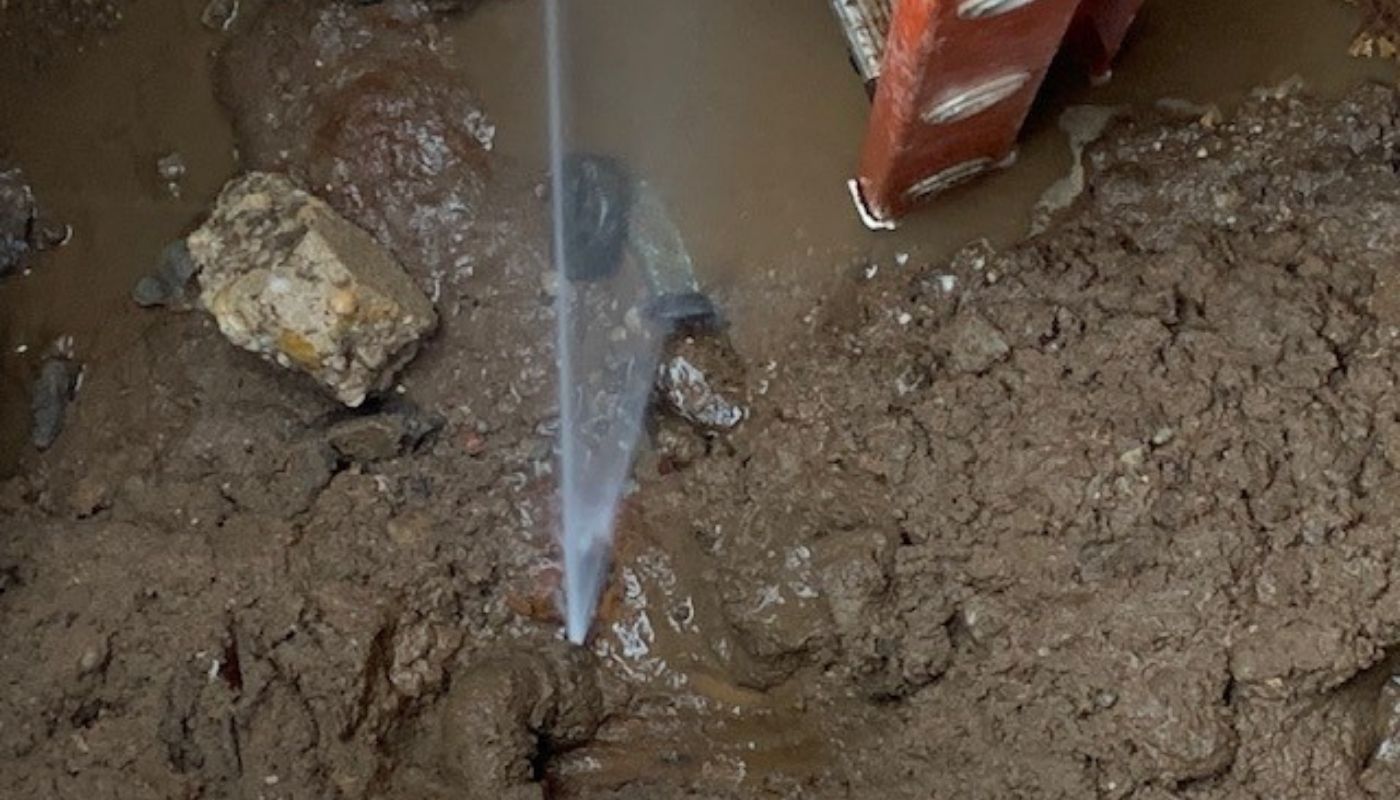Water mains are essential to all buildings with running water. They’re what run the main water supply of the city to the pipes that feed water into an individual building. Water main breaks are a serious issue that can cause a lot of damage if not fixed and handled properly and swiftly. Learn the different types of water main breaks so that you are prepared if you run into issues.
Broken Tap Leak
A broken tap leak is not a common form of water main break. When the actual tap breaks and needs replacement, a leak occurs. When a tap is broken, the home or building owner must contact their licensed plumber who is responsible for obtaining the required permits and scheduling DEP to install the new tap connection on the city main.
Sidewalk Leak
When there is a water leak on the sidewalk it’s very difficult to repair because it’s uncommon for the leak to originate from the pipe directly under the sidewalk. Due to the complicated nature of sidewalk leaks, a water leak can travel from either direction of the sidewalk and surfaces through the cracks in the cement.
In sidewalk leak cases it’s most economical to replace the entire pipe rather than spending the capital searching for the source of the leak.
Tap Hole Leak
A tap hole leak is different from a leaking tap. When a plumber of the DEP refers to a tap hole leak, it means that the water main or water main fitting is leaking in the tap hole. The fitting that connects the homeowner’s pipe to the city tap connection is referred to as the “gooseneck” fitting. The hole is referred to as the “tap hole” in the plumbing community only because it is the fitting or pipe leaking in the same hole as the tap. This does not actually mean that the tap itself is leaking.
When this happens, it’s crucial to contact a professional water main contractor right away. If the leak occurs on a lead or galvanized water main, you must replace the entire water main because it is illegal to work on these materials in water lines.
Foundation Wall Leak
If a section of your building or home’s foundation is damp or even puts out a steady stream of water, it is a sign of a broken water main or water line. If part of the foundation wall in your building is damp, don’t discount it or assume it will fix itself—plumbing issues never fix themselves, they only worsen.
A foundation wall leak is most common 5 to 20 feet outside the house and slowly makes its way toward the home where it travels through cracks in walls.
There are many different types of water main breaks to be aware of. The best course of action when you think you may need broken water main repair is to call in professionals. Here at Harris Water Main and Sewer Contractors, we have decades of experience. Contact us today for more information.





















